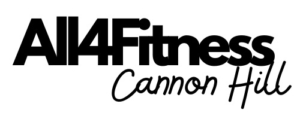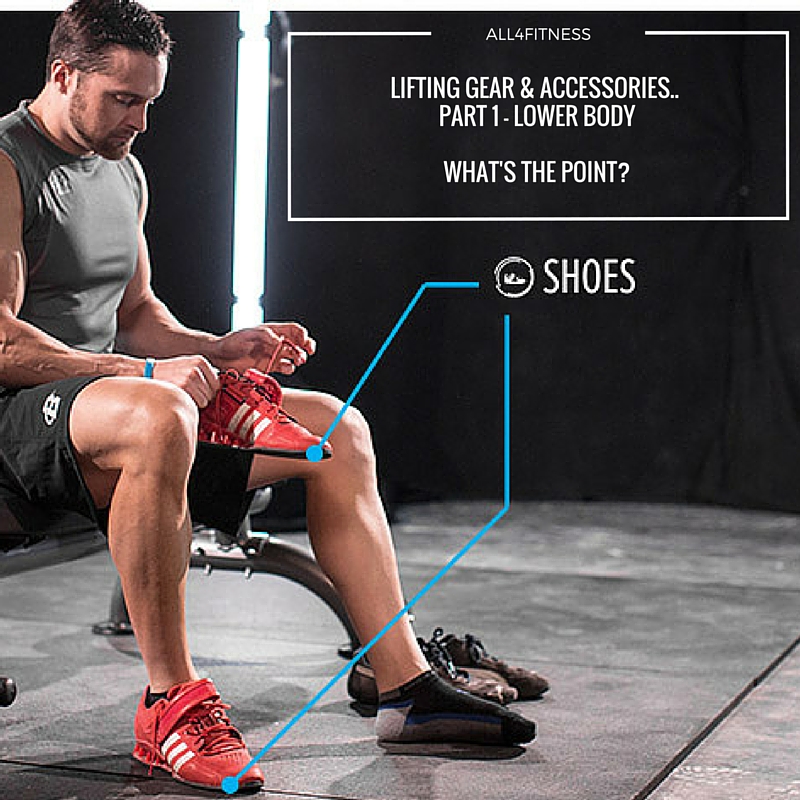Lifting Gear and Accessories, what’s the point? Part I – Lower Body
So you’re doing your workout and probably noticed some members or trainers wearing fancy footwear, thick belts, knee covers or even have their knees or wrists wrapped in thick bandages. But what’s it all for? It is just for show, or does it have purpose? Lets go through some common Lifting Gear and Accessories from the ground up:
Weightlifting Shoes:
Most weightlifting shoes have a raised heel. This is a massive advantage, as it allows you to squat into a deeper position through increased ankle range of motion. This will help you to improve your overall position too, as you’ll find yourself sitting more upright. A more upright torso means more chance of keeping hold of that barbell and sending it in the right direction – up! This heel also allows you to activate far more of your musculature to send that bar upwards.
Weightlifting shoes are also more stable than your typical barefoot or running shoe, not just underfoot, but around your foot. Again this ensures you have a strong and consistent base to land on, push through, and push out into – important for performance and injury prevention in equal measure.
Knee Sleeves:
Knee sleeves are designed to protect the knee from future injury or risk of damage. This protection is especially important for knees put under great daily pressure (running, jumping, weightlifting). A knee sleeve provides some support, but does not function in the same way a knee brace would.
Knee Wraps:
Kknee wraps are so highly valued by some lifters because they allow more weight to be lifted in the squat. How? During the eccentric phase of the squat, the tightness of the wraps allow for a high amount of elastic energy to be stored, which can subsequently be released during the concentric phase—resulting in heavier and faster squats. Furthermore, knee wraps are believed to reduce stress and pulling forces on the quadriceps tendon.




